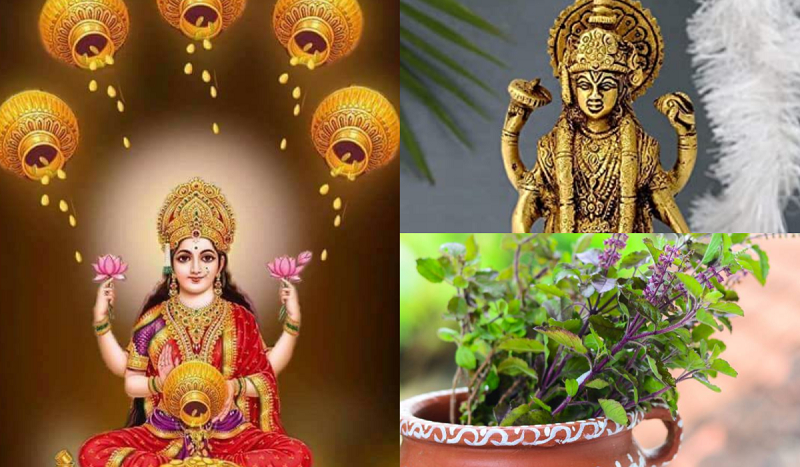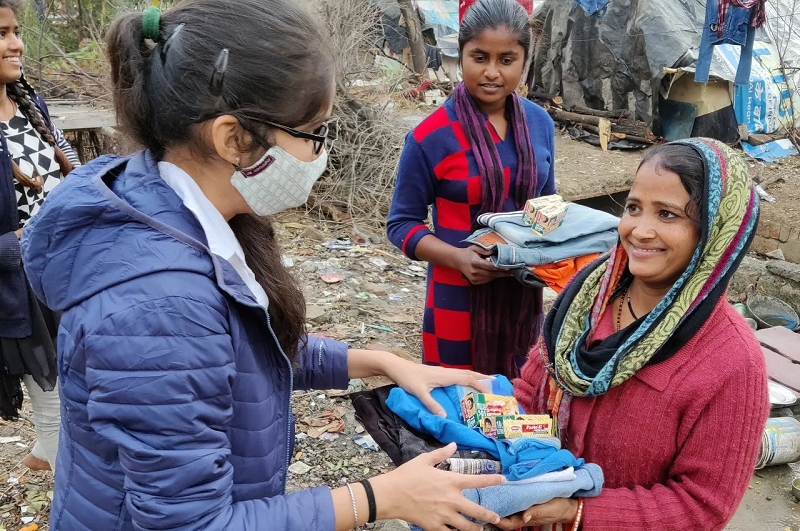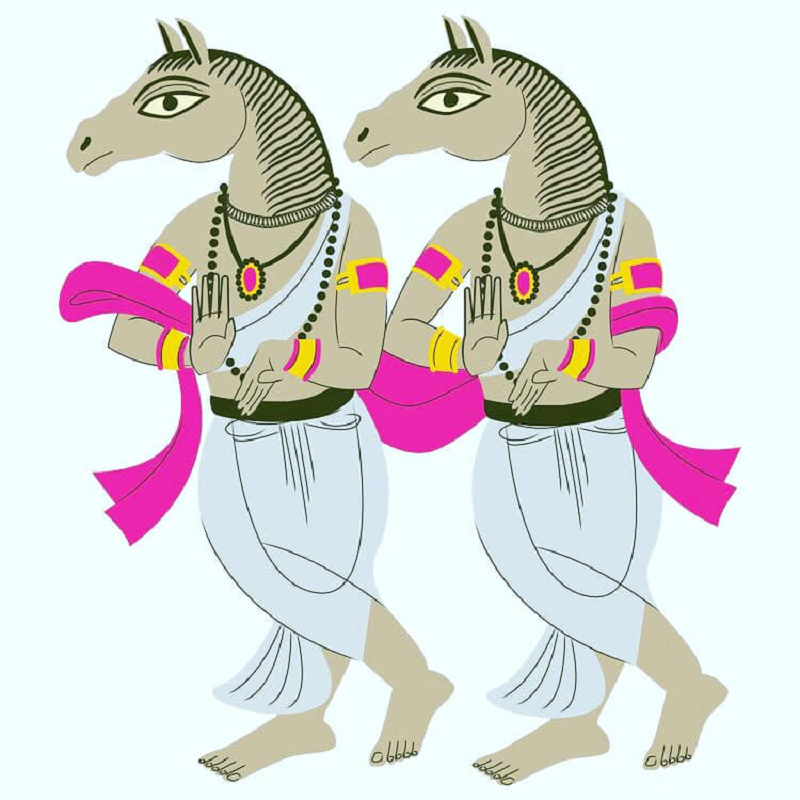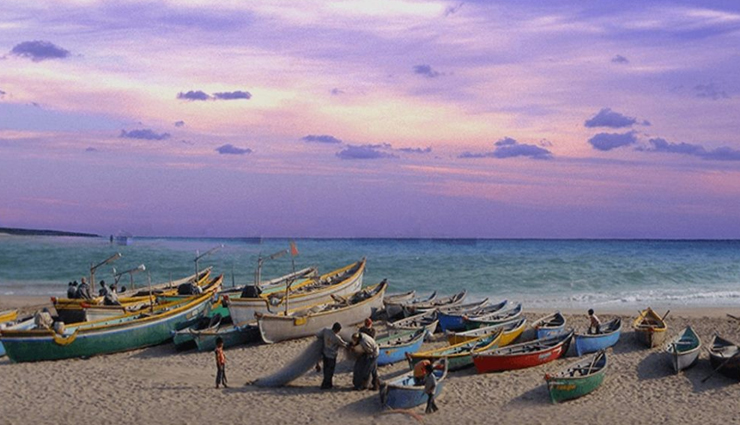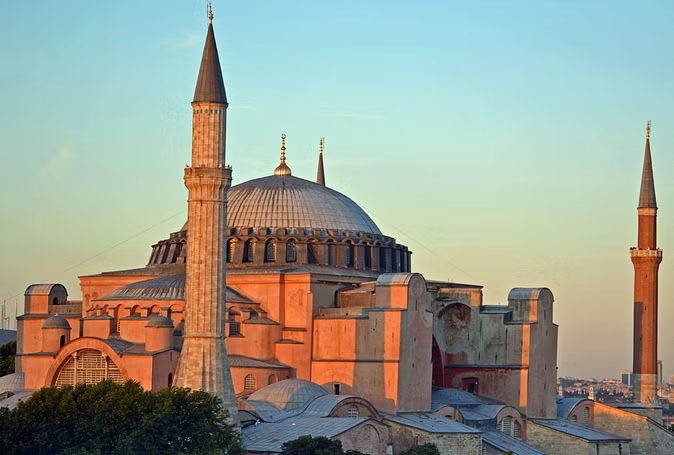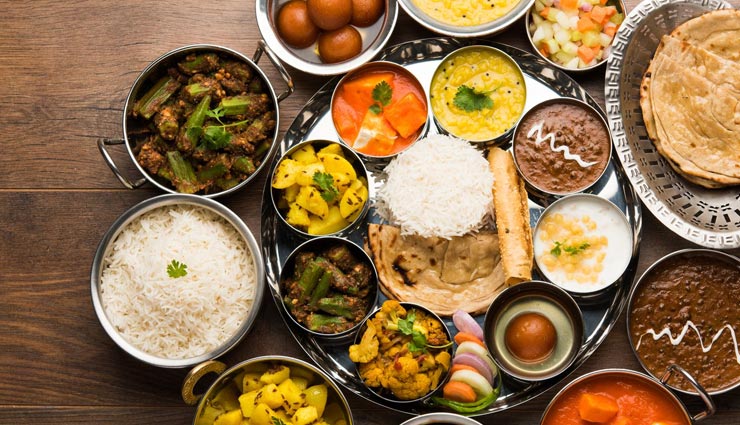The Airavatesvara Temple is a Hindu temple of Dravidian architecture located at Darasuram near Kumbakonam in the state of Tamil Nadu in southern India. Built by Rajaraja Chola II in the 12th century, the temple is a UNESCO World Heritage Site along with the Brihadisvara Temple at Thanjavur and the Gangaikondacholiswaram Temple at Gangaikonda Cholapuram, known as the Great Living Chola Temples. The credit for the construction of temples of most Hindu deities, especially in South India, goes to the Chola dynasty. In many pieces of evidence of history, Chola kings have also been described as Suryavanshi. More information about the Chola kings is found in many inscriptions of the Ashoka period. As the power of the Cholas grew, they began to do many things to display their pride and opulence, among which was the construction of a temple. The grandeur and height of the temples mattered a lot, due to which it was known the bravery, valor, and generosity of the king. In this sequence, know us today about the Airavatesvara temple, one of the most attractive temples built by the Chola kings in South India. This temple was included in the list of Great Chola Living Temples in the year 2004. The list of great Chola living temples includes the Brihadisvara Temple at Thanjavur, the Gangaikondacholisvaram Temple at Gangaikonda Cholapuram, and the Airavatesvara Temple at Darasuram. All these temples were built by the Cholas between the 10th and 12th centuries and have many similarities.

Dedicated to Lord Shiva
Airavatesvara Temple is dedicated to Lord Shiva. Shiva is known here as Airavatesvara as Lord Shiva was worshiped in this temple by Airavata, the white elephant of Indra, the king of the gods. It is believed that Airavata, who was deeply saddened by the change in his complexion due to the curse of sage Durvasa, regained his complexion by bathing in the holy waters of this temple. This belief is believed to be due to an image in the inner chamber of the temple in which Indra is seated on Airavata. It was from this incident that the name of the temple and the presiding deity got its name. It is said that Yama, the king of death, also worshiped Shiva here. According to tradition, Yama, who was suffering from a burning sensation all over the body due to the curse of a sage, was cured by Lord Airavateswara. Yama took a bath in the sacred pond and got rid of his burning sensation. Since then that pond is known as Yamatheertham.

Inscription in the temple
There are various inscriptions in this temple. One of these inscriptions refers to the renovation of temples by Kulottunga Chola III. There are 108 blocks of inscriptions on the northern wall of the verandah, each containing the names, descriptions, and images of Shivacharyas (saints who believed in Shiva) depicting the main events of their lives. Another inscription near the gopura suggests that an image was brought from Kalyani, which was later renamed Kalyanapura by Rajadhiraja Chola I, after his defeat by the Western Chalukya king Someshwara I, his sons Vikramaditya VI (VI) and Someshna. II captured the capital of the Chalukyas.

The temple is a storehouse of art and architecture
This temple is a storehouse of art and architecture and one can see magnificent stone carvings in it. Although this temple is much smaller than the Brihadisvara temple or the Gangaikondacholiswaram temple, it is more exquisite in detail. This is because the temple is said to have been built with Nitya-vino da, "perpetual entertainment," in mind. The vimana (pillar) is 24 meters (80 ft) high. It is in the form of a giant chariot being pulled by horses. To the east of the inner courtyard is a group of exquisitely carved buildings, one of which is called the Balipit (place of sacrifice). A small temple is built on the pedestal of the Balipit. In which the image of Ganesha is inscribed. On the southern side of the chowki, there is a set of 3 steps with magnificent carvings. Various musical sounds are produced by striking the steps. There is a mandapam with 4 shrines in the southwest corner of the courtyard. One of these has an image of Yama. Surrounding this temple is a huge stone slab with figures of the Saptamatas (seven celestial goddesses).


